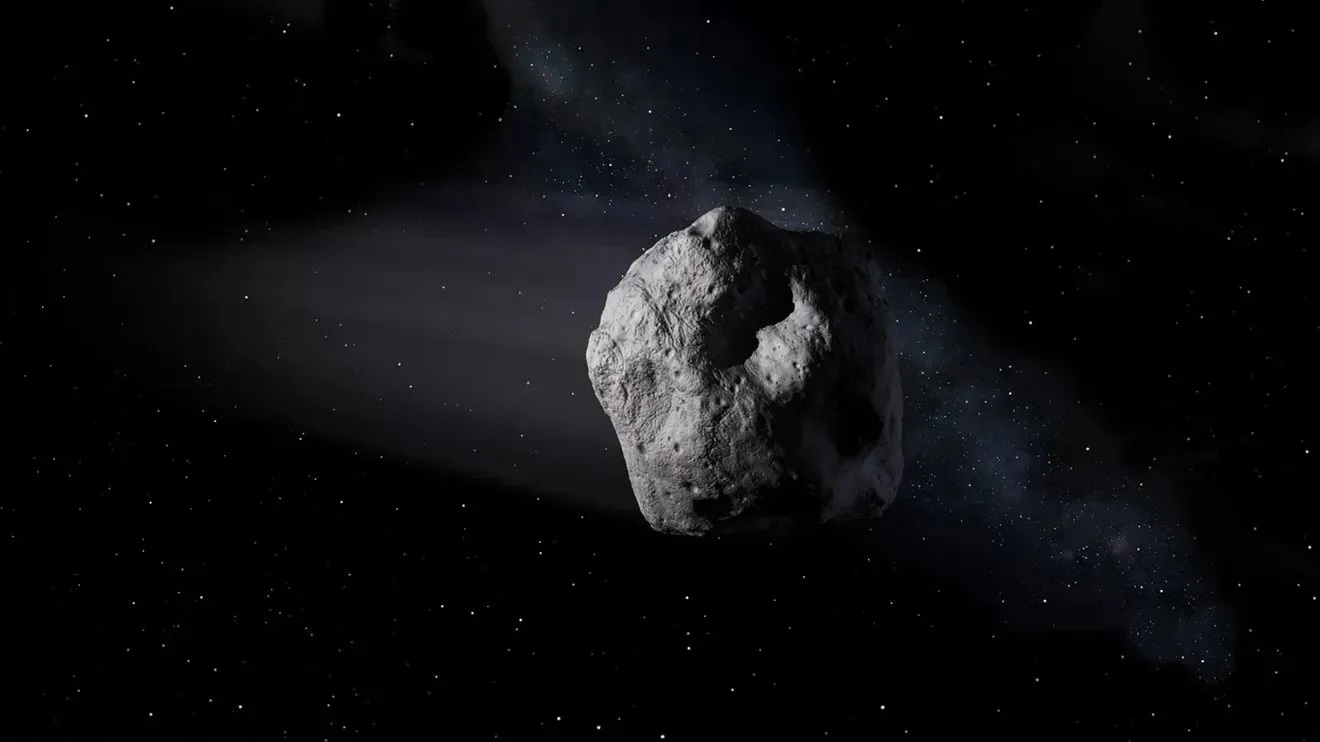When you purchase through links on our site , we may earn an affiliate commission . Here ’s how it bring .
Those furious sailing warriors that explored , raided and traded across Europe from the tardy one-eighth to the other 11th 100 , get it on as theVikings , are typically guess of as blonde Scandinavians . But Vikings may have a more diverse history : They carried gene from Southern Europe and Asia , a new sketch suggests .
" We did n’t know genetically what they actually look like until now , " fourth-year author Eske Willerslev , a fellow of St. John ’s College of the University of Cambridge , and director of The Lundbeck Foundation GeoGenetics Centre at the University of Copenhagen in Denmark , said in a statement . The enquiry " expose the modern image of Vikings . "

Researchers sequenced the DNA from more than 400 Viking remains including from this female skeleton named Kata discovered in a Viking burial site in Varnhem, Sweden.
For the study , which took six age to complete , an international grouping of investigator analyzed theDNAtaken from the corpse — such as the teeth and bones — of 442 people who lived sometime between about 2400 B.C. to A.D.1600 found in archaeologic sites across Europe and Greenland . These hoi polloi subsist , for the most part , during the Viking Age , which lasted from about A.D. 750 to A.D. 1050 . The researchers then compared these ancient people ’s DNA with already bring out DNA sequences from 3,855 mod - day individuals and from 1,118 other ancient somebody .
Related : Fierce fighters : 7 closed book of Viking seamen
This sweeping gene analysis paint a picture that the Vikings were n’t just the prolongation of Iron Age groups who go from about 500 B.C. to about A.D. 700 in Scandinavia before the Viking Age . Rather , the Vikings and their ancestors would have intermingled often with people from Asia and Southern Europe . Many Viking individuals had " high levels of non - Norse ancestry , " the author wrote in the composition .

Researchers analyzed the DNA from some remains found in a mass grave of 50 headless Vikings in Dorset, U.K.
" No one could have portend these significant gene run into Scandinavia from Southern Europe and Asia happened before and during the Viking Age , " Willerslev said . They also found that many Vikings had dark-brown hairsbreadth , not blonde blonde hair as typically imagine , according to the statement .
The researcher found genetic differences among unlike Viking populations within Scandinavia , which hint that Viking group were much more detached from each other than antecedently thought , Willerslev say . The coastal community had high genetic diversity — in all likelihood due to more trading and feast of multitude — than communities in the heartland of Scandinavia , the authors write .
What ’s more , by compare ancient genes to advanced - Clarence Shepard Day Jr. factor , the researchers were capable to confirm idea about how the Vikings motivate out of Scandinavia to raid and trade . Viking from present - day Denmark typically go to England ; Vikings from Sweden go mostly east to the Baltic area ; and Vikings from Norway travel to Ireland , Iceland , Greenland and the Isle of Man .

An artist’s reconstruction of “Southern European” Vikings.
— Images : Viking - age jewellery bring out in sparkling photos
— exposure : Viking warrior is actually a woman
— photo : 10th - hundred Viking tomb unearth in Denmark

Their uncovering also revealed unique cultural tidbits . A boat burial in Estonia may have been the earliest evidence of a Viking voyage , according to the paper . It ’s not open if this expedition was a raid or a " diplomatic " excursion ; but the burial , made up of two boats , contained the cadaver of 41 men from modern - day Sweden who died violently and were buried with " gamy - status " implements of war . Among the burial remains were four brothers and a relation , which suggested raiding may have been a family or local activeness , according to the instruction . Others in the burial had interchangeable factor , suggest they came from the same local spot in what is now Sweden .
And it turns out , not every someone treated as a Viking was genetically a Viking . In Orkney , Scotland , the investigator retrieve two male frame in a Viking burial site . They were buried with steel and other Viking items , but they were n’t actually Vikings , but rather genetically similar to modern - daylight Irish and Scottish people .
The determination were print yesterday ( Sept. 16 ) in the journalNature .

earlier published onLive Science .












